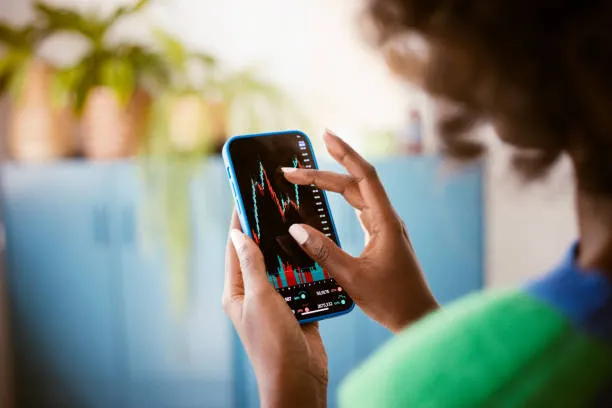If you’re new to the world of trading, you may have heard about automated trading systems, but what exactly are they and how can they benefit you as a beginner?
Automated trading systems, also known as algorithmic trading or black-box trading, use computer programs to execute trades based on pre-defined rules and criteria. These systems can be used for a variety of financial instruments, including stocks, options, futures, and currencies.
In this article, we’ll explore the basics of automated trading for beginners and how it can help you achieve your trading goals.
What Are Automated Trading Systems?
Automated trading systems are computer programs that use mathematical algorithms to analyze market data and execute trades based on pre-defined rules and criteria. These systems can be fully automated, meaning they execute trades without any human intervention, or semi-automated, where a trader can manually execute trades based on the system’s signals.
Automated trading systems can be designed to execute a variety of trading strategies, including trend following, mean reversion, and arbitrage. They can also be customized to fit a trader’s risk tolerance and investment goals.
Benefits of Automated Trading Systems
There are several benefits to using automated trading systems, especially for beginners. These include:
- Elimination of Emotions: One of the biggest challenges for traders is controlling their emotions, which can lead to impulsive and irrational trading decisions. Automated trading systems remove the emotional element from trading, as they are based on pre-defined rules and criteria.
- Backtesting and Optimization: Automated trading systems allow traders to backtest their strategies on historical data to see how they would have performed in the past. This can help traders optimize their strategies and make more informed decisions.
- 24/7 Trading: Automated trading systems can execute trades 24 hours a day, 7 days a week, allowing traders to take advantage of market opportunities even when they are not actively monitoring the markets.
- Faster Execution: Automated trading systems can execute trades at a much faster pace than humans, which can be crucial in fast-moving markets.
- Diversification: Automated trading systems can be used to trade multiple financial instruments simultaneously, providing traders with a diversified portfolio and reducing risk.
How Do Automated Trading Systems Work?
Automated trading systems use a combination of technical indicators, market data, and pre-defined rules to generate trading signals. These signals are then used to execute trades automatically or to alert the trader to potential trading opportunities.
The process of creating an automated trading system involves the following steps:
- Defining Trading Strategy: The first step is to define the trading strategy that the system will follow. This includes selecting the financial instruments to trade, the time frame, and the indicators and rules that will be used to generate trading signals.
- Coding the System: Once the trading strategy is defined, it needs to be coded into a computer program. This can be done using a variety of programming languages, such as Python, C++, or Java.
- Backtesting and Optimization: After the system is coded, it needs to be backtested on historical data to see how it would have performed in the past. This allows traders to identify any flaws in the system and make necessary adjustments.
- Live Testing: Once the system is backtested and optimized, it can be tested in a live market environment using a demo account. This allows traders to see how the system performs in real-time and make any final adjustments.
- Deployment: After successful live testing, the system can be deployed for live trading. Traders can choose to fully automate the system or use it as a tool to generate trading signals that they can manually execute.
Risks of Automated Trading
While automated trading systems offer several benefits, there are also some risks involved. These include:
- Technical Issues: Automated trading systems are prone to technical issues, such as connectivity problems, power outages, and computer crashes. These issues can result in missed trades or incorrect execution, which can lead to losses.
- Over-Optimization: Traders may be tempted to over-optimize their strategies based on historical data, which can lead to poor performance in live trading.
- Market Volatility: Automated trading systems may struggle to adapt to sudden changes in market conditions, especially during periods of high volatility.
- System Failure: In rare cases, automated trading systems may experience a complete system failure, resulting in significant losses.
Conclusion
Automated trading systems can be a valuable tool for beginners looking to enter the world of trading. They offer several benefits, including the elimination of emotions, backtesting and optimization, and 24/7 trading. However, it’s important to understand the risks involved and to carefully backtest and optimize your strategies before deploying them for live trading.
By using the right automated trading tools and following best practices, beginners can take advantage of the benefits of automated trading and improve their chances of success in the markets.





